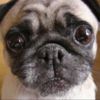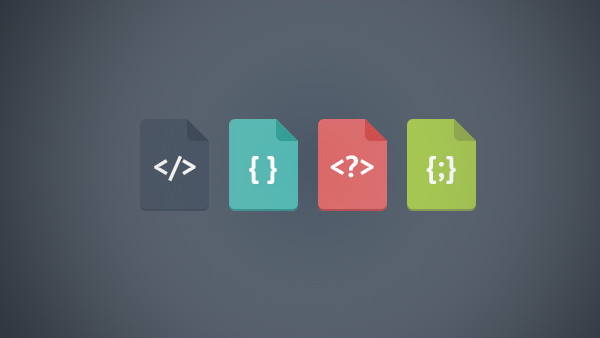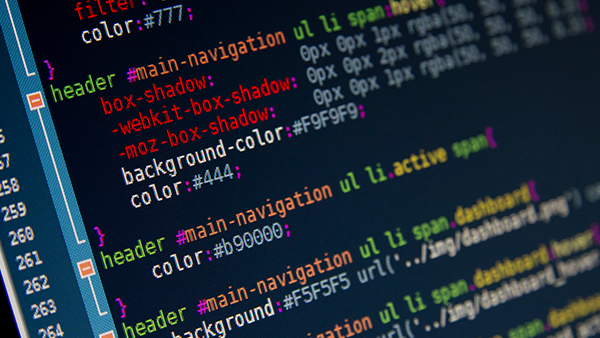本文详细介绍了CSS定位的基础概念和多种定位方式,包括静态、相对、绝对、固定和粘性定位,并通过一个实战项目展示了如何在实际开发中应用这些定位技术。文章还提供了具体的代码示例和布局优化技巧,帮助读者更好地理解和掌握CSS定位项目实战。
CSS定位基础概念了解CSS定位
CSS (Cascading Style Sheets) 是一种样式表语言,用于描述HTML或XML等文档的样式。它可以根据需要自定义网页元素的外观,包括颜色、字体、大小、布局等。其中,CSS定位是布局设计中一个非常重要的组成部分。通过定位,可以精确控制元素在页面中的位置,实现各种复杂的布局效果。
定位方式介绍
CSS提供了多种定位方式,包括静态定位、相对定位、绝对定位、固定定位和粘性定位。
静态定位
静态定位是元素的默认定位方式,它遵循文档流。在静态定位中,元素的位置由HTML结构决定,不受其他CSS属性影响。例如:
.static-box {
position: static;
width: 100px;
height: 100px;
background-color: red;
}相对定位
相对定位使元素相对于其正常位置进行偏移。元素仍具有正常布局流,其他元素会根据其原始位置进行排列。例如:
.box {
position: relative;
top: 20px;
left: 20px;
width: 100px;
height: 100px;
background-color: red;
}绝对定位
绝对定位使元素相对于最近的非静态定位的祖先元素进行偏移。如果祖先元素不存在,则相对于<html>元素。绝对定位元素脱离了正常的文档流。例如:
.parent {
position: relative;
width: 300px;
height: 300px;
background-color: lightblue;
}
.box {
position: absolute;
top: 50px;
left: 50px;
width: 100px;
height: 100px;
background-color: red;
}固定定位
固定定位使元素相对于浏览器窗口进行偏移。即使用户滚动页面,元素也会保持在固定位置。例如:
.box {
position: fixed;
top: 20px;
left: 20px;
width: 100px;
height: 100px;
background-color: red;
}粘性定位
粘性定位是一种介于相对定位和固定定位之间的定位方式。元素在滚动到某个阈值时会变成固定定位。例如:
.box {
position: sticky;
top: 20px;
width: 100px;
height: 100px;
background-color: red;
}项目需求分析
假设我们需要创建一个简单的网站,包含一个导航栏、一个固定在顶部的侧边栏和一个可以滚动的主内容区域。导航栏和侧边栏需要始终可见,无论用户滚动到何处,而主内容区域则会跟随滚动。
HTML结构搭建
首先,我们搭建基本的HTML结构。这里使用一个简单的三栏布局,分别代表导航栏、侧边栏和主内容区域。
<!DOCTYPE html>
<html lang="zh-CN">
<head>
<meta charset="UTF-8">
<meta name="viewport" content="width=device-width, initial-scale=1.0">
<title>CSS 定位实战</title>
<link rel="stylesheet" href="styles.css">
</head>
<body>
<header class="header">导航栏内容</header>
<aside class="sidebar">侧边栏内容</aside>
<main class="main-content">主内容区域内容</main>
</body>
</html>相对定位的应用场景
相对定位常用于需要微调元素位置的情况,例如,使一个元素在另一个元素的特定位置。
例如,有一个父元素包含两个子元素,我们希望其中一个子元素相对于另一个子元素进行偏移:
<div class="parent">
<div class="child1">子元素1</div>
<div class="child2">子元素2</div>
</div>.parent {
position: relative;
width: 200px;
height: 200px;
background-color: lightblue;
}
.child1 {
width: 100px;
height: 100px;
background-color: red;
}
.child2 {
position: relative;
top: 50px;
left: 50px;
width: 100px;
height: 100px;
background-color: blue;
}绝对定位的应用场景
绝对定位通常用于需要精确控制元素位置的情况,例如,创建一个复杂的布局,如导航条、弹出菜单等。
例如,创建一个弹出菜单,它在鼠标悬停时会从父元素中弹出:
<div class="menu">
<div class="menu-item">菜单项1</div>
<div class="menu-item-popup">
<div class="popup">子菜单项</div>
</div>
</div>.menu {
position: relative;
width: 200px;
height: 100px;
background-color: lightblue;
}
.menu-item {
width: 100px;
height: 50px;
background-color: red;
}
.menu-item-popup {
position: absolute;
top: 50px;
left: 100px;
width: 100px;
height: 50px;
background-color: yellow;
display: none;
}
.menu-item:hover .menu-item-popup {
display: block;
}实战项目中的具体应用
在我们的实际项目中,侧边栏将使用绝对定位。侧边栏需要固定在页面右侧,其宽度固定,高度可变。
<aside class="sidebar">侧边栏内容</aside>.sidebar {
position: absolute;
right: 0;
top: 0;
width: 150px;
height: 100vh;
background-color: lightblue;
padding: 20px;
box-sizing: border-box;
}固定定位的应用场景
固定定位通常用于创建导航栏或其他需要一直显示的元素,如滚动时仍保持固定位置。
例如,创建一个导航栏,它固定在页面顶部:
<header class="header">导航栏内容</header>.header {
position: fixed;
top: 0;
width: 100%;
height: 60px;
background-color: lightblue;
padding: 20px;
box-sizing: border-box;
}粘性定位的应用场景
粘性定位适用于在滚动到某个位置时,元素变为固定定位。例如,创建一个浮动标签,它在滚动到某个位置时变为固定定位。
<div class="sticky-label">浮动标签内容</div>.sticky-label {
position: -webkit-sticky;
position: sticky;
top: 100px;
background-color: lightblue;
padding: 5px 10px;
box-sizing: border-box;
}实战项目中的具体应用
在我们的项目中,我们需要一个固定的导航栏和一个侧边栏。导航栏使用固定定位,侧边栏使用绝对定位。
<header class="header">导航栏内容</header>
<aside class="sidebar">侧边栏内容</aside>.header {
position: fixed;
top: 0;
width: 100%;
height: 60px;
background-color: lightblue;
padding: 20px;
box-sizing: border-box;
}
.sidebar {
position: absolute;
right: 0;
top: 60px; /* 跳过导航栏高度 */
width: 150px;
height: calc(100vh - 60px);
background-color: lightblue;
padding: 20px;
box-sizing: border-box;
}调整定位元素的位置
在实际开发中,经常需要调整定位元素的位置。可以通过修改top、right、bottom、left属性来调整元素的位置。例如,增加侧边栏的宽度:
.sidebar {
width: 200px;
}优化布局效果
为了优化布局效果,可以使用CSS的flexbox或grid布局来替代部分定位布局。例如,使用flexbox来优化导航栏的布局:
<div class="header">
<div class="nav-item">导航项1</div>
<div class="nav-item">导航项2</div>
<div class="nav-item">导航项3</div>
</div>.header {
display: flex;
justify-content: space-around;
align-items: center;
position: fixed;
top: 0;
width: 100%;
height: 60px;
background-color: lightblue;
padding: 20px;
box-sizing: border-box;
}
.nav-item {
background-color: white;
padding: 10px;
margin: 0 10px;
border-radius: 5px;
}解决CSS定位中的常见问题
在实际开发中,可能会遇到一些常见的问题,如定位元素超出父元素边界、元素重叠等。
-
定位元素超出父元素边界:可以通过设置
overflow: hidden来隐藏超出的部分。.parent { position: relative; width: 300px; height: 300px; overflow: hidden; } -
元素重叠:可以通过调整
z-index属性来控制元素的堆叠顺序。.element1 { position: absolute; top: 50px; left: 50px; z-index: 2; } .element2 { position: absolute; top: 40px; left: 40px; z-index: 1; }
项目完成后的回顾
通过这个项目,我们学习了如何使用CSS定位来创建一个简单的网站布局。我们使用了相对定位、绝对定位、固定定位和粘性定位,并且在实践中结合了不同的布局技巧来优化布局效果。
分享学习心得
通过这次实战项目,我们了解了CSS定位的基本概念和应用场景。在实际开发中,根据需求灵活选择合适的定位方式,可以极大地提高布局的灵活性和美观性。同时,通过实践,我们可以更好地理解CSS定位的细节,提高自己的CSS技能。
提供进一步学习建议
建议继续深入学习CSS的其他布局技术,如flexbox和grid布局,以及更高级的CSS特性。可以在慕课网等在线学习平台上寻找相关课程进行学习,进一步提升自己的前端开发技能。

 随时随地看视频
随时随地看视频



